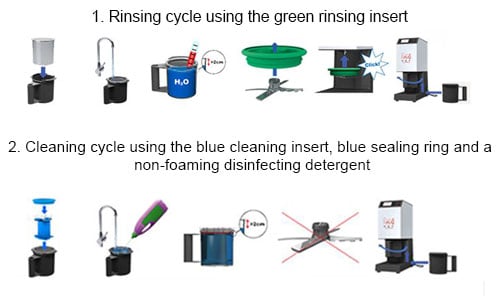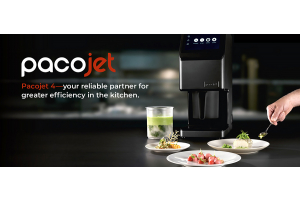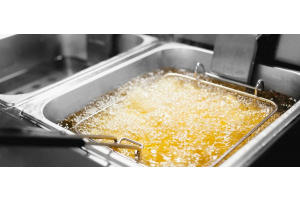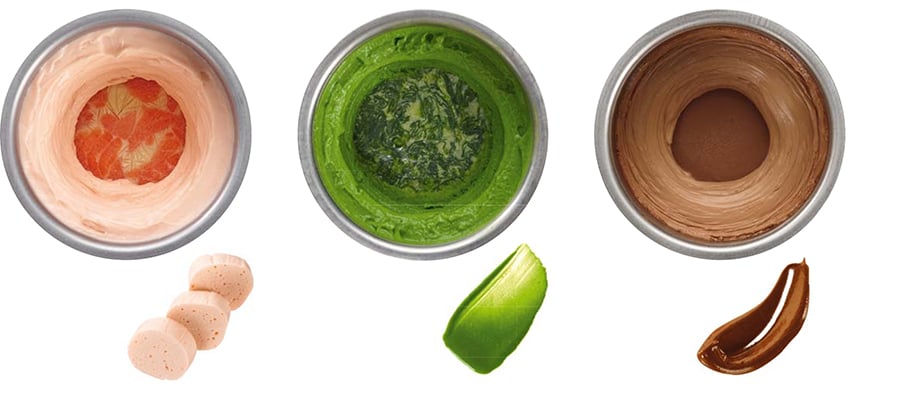
Pacojet Do's and Don'ts
Follow these instructions to get the most out of your Pacojet and keep it living a long and reliable life!
The following information does not replace the Pacojet Instruction Manual. To ensure user security, Pacojet Systems must be operated according to the directions contained in the instruction manual. Please give special attention to the cautionary notes. Failure to comply with the recommendations in the instruction manual will result in the refusal to assume any liability or guarantee for damages.
We have a video below of the Pacojet's set up and use. Please refer to this video if you're going through these dos and don'ts to familiarize yourself with the product.
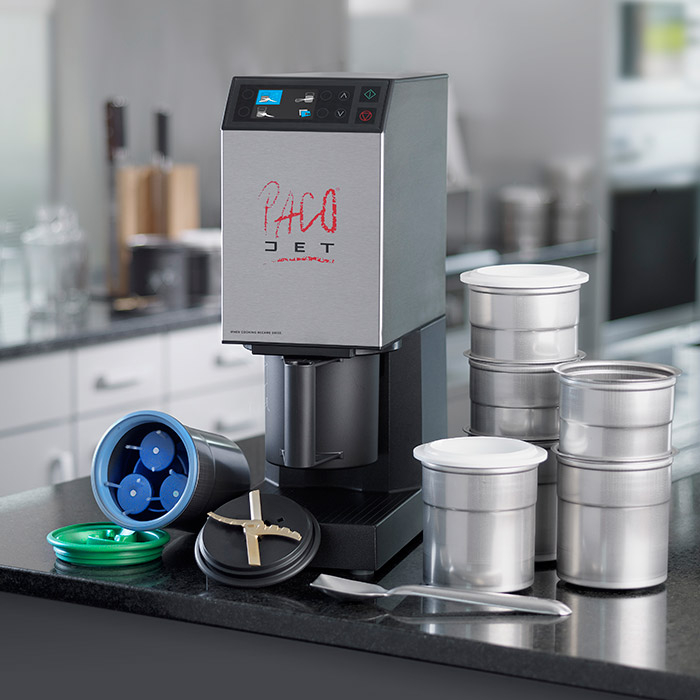
Before the 1st Use
- Thoroughly clean the Pacojet machine & accessories. Pay particular attention to fulling cleansing the pacotizing beakers.
- It is recommended that you use a non-aggressive, gentle dishwashing detergent.
- Your Pacojet should be clean both before and after daily use. Here are two of the cycles you can use to clean your Pacojet.
Preparing Pacotizing Beakers
- Dos
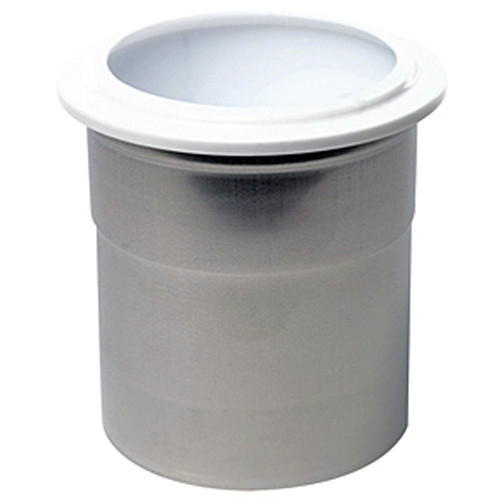
- Fill pacotizing beakers only up to the maximum fill-line
- The surface of the beaker contents must be level and flat.
- Don'ts
- New overfill a pacotizing beaker above the maximum fill line.
- Beaker contents should not contain empty cavities or air pockets.
- Explanation
- When pacotizing with overpressure, the contents will expand up to 30% in volume.
- In the case of overfill, food will be forced past the main seal into the machine, which will gradually destroy the main bearing.
- Filling pacotizing beakers (see instruction manual):
- Pacojet 1: When a beaker is overfilled, removed only 2 portions before processing a whole beaker (i.e. create space for expansion)
- If an overfilled beaker has been processed, a Full cleaning cycle must be initiated immediately (see instruction manual)
- Pacojet 2: The machine control and assistance function for overfilled beakers will activate automatically. Follow the instructions on the display.
Freezing (>24)
- Dos
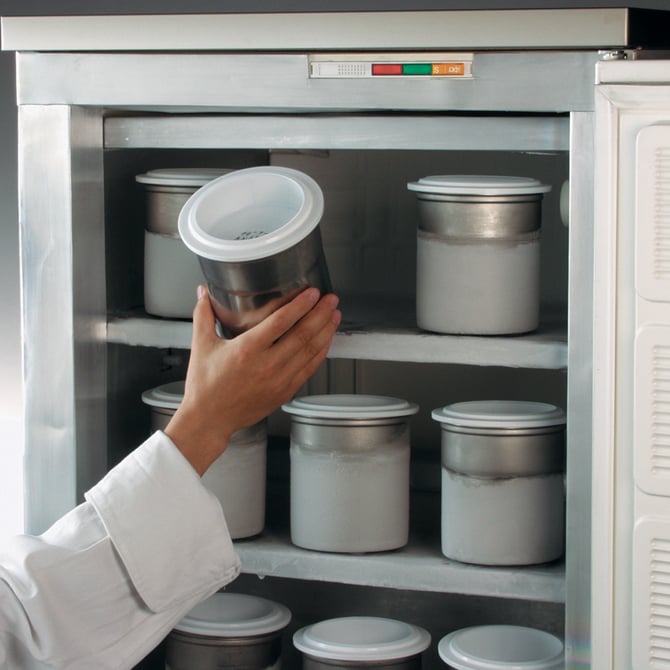
- Freeze pacotizing beakers with content for at least 24 hours in a standard 4-star freezer at -22°C (-8°F)
- Don't
- Don't pacotize a beaker unless it is completely frozen solid. You risk breaking your pacotizing blades or damaging the motor
- Do not place ready-frozen preparations into a pacotizing beaker for pacotizing
- Explanation
- Beaker contents must be completely frozen solid before pacotizing
- Non-frozen areas or a soft centre could cause the pacotizing blade to bend or break. Bent blades require the motor to work harder, leading to problems with texture quality or motor damage.
- If the beaker contents are not cold enough, this will have a negative effect on the texture quality (too coarse or too fine)
- The beaker contents must bond firmly to the pacotizing beaker while pocotizing. Otherwise, the machine may overload or experience damage.
- Freeze at -22°C for at least 24 hours
- Test your freezer: Leaver a beaker with a thermometer inside for 24 hours
Before Re-Freezing
- Dos
- Always smooth down the contents surface of partially used pacotizing beakers
- Explanation
- An uneven content surface can damage pacotizing blades
Liquid Nitrogen (LN2) Carbonation (CO2) & CO
- Dos
- Never pacotize beaker contents frozen with liquid nitrogen (LN2) or that contains carbonation (CO2), etc. The pacotizing beaker could explode.
- Explanation
- Nitrogen turns gaseous immediately upon contact with foodstuff, and can potentially cause an explosion and injury to the user.
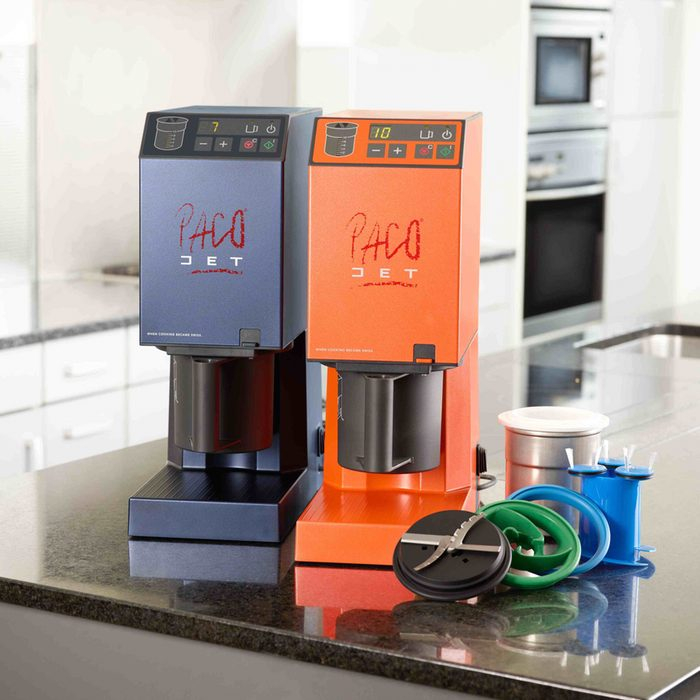
Pacotizing Blade Care
- Dos
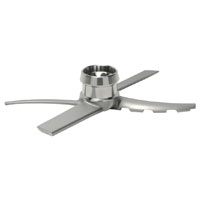
- Replace a bent or damaged pacotizing blade immediately
- Pacotizing blades should be replaced yearly
- After cleaning, care for your pacotizing blades by oiling them with a food-safe lubricant
- Explanation
- Bent pacotizing blades:
- Product less than optimal results
- Can damage the motor
- Test: Place pacotizing blade on a flat surface and tap on one end. The blade should vibrate/rock from side-to-side. If the blade rests on one side, it is bent.
- Bent pacotizing blades:
Attaching The Pacotizing Blade And The Spray Guard
- Dos
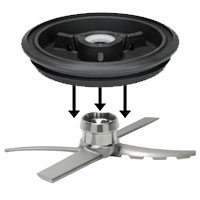
- Always attach the pacotizing blade/spray guard assembly directly onto the splined, magnetic shaft.
- Listen for a “click” of the pacotizing blade/spray guard assembly snapping into position on the shaft.
- Always ensure there is a pacotizing blade attached to the magnetic end of the shaft before pacotizing a beaker with frozen contents.
- Don'ts
- Never put the pacotizing blade/spray guard assembly on the beaker before pacotizing.
- Do not start the machine if the pacotizing blade/spray guard assembly is not correctly attached to the shaft. You risk extensive damage to your machine.
- Explanation
- An insecurely attached blade will fall onto the contents surface and be “drilled” by the shaft, causing a loud noise. Immediately press the STOP button, before automatic shut-off (Error). Contact your designated service centre for instructions on removing the pacotizing beaker before sending the machine for repair (this is not covered by warranty).
- If a pacotizing blade is not attached, the shaft will be forced upwards into the machine housing, causing extensive damage.
- The shaft protrudes from the Pacojet housing (see Instruction Manual)
- Safely attempt to rotate the pacotizing blade on the shaft. If properly attached, it should meet with resistance.
- Ensure that every operator knows how to affix the pacotizing blade correctly.
Cleaning
- Dos
- Clean Pacojet after every use or at least at the end of the day.
- Always use a steel pacotizing beaker to hold water when washing or rinsing. Using the protective outer beaker alone may cause the shaft to block.
- Explanation
- Cleaning is easy – it takes just 60 seconds!
- Use only non-foaming detergents
Maintenance & Repair
- Dos
- Keep the original shipping carton and Styrofoam supports.
- Have your Pacojet inspected once a year for maintenance.
- Explanation
- Original packaging provides optimum protection from damage during transport.
- Regular yearly inspections ensure the reliability of the machine and prolong the life of the Pacojet.
Please do not rely on this as a substitute for an operating manual. This is written to support the manual and for you to get the maximum use out of the Pacojet products.
You can view the user manuals here for the Pacoject range of products.
If you're interested in viewing or purchasing a Pacojet product. Look online or give us a call at 0800 503 335 or email us at [email protected]


